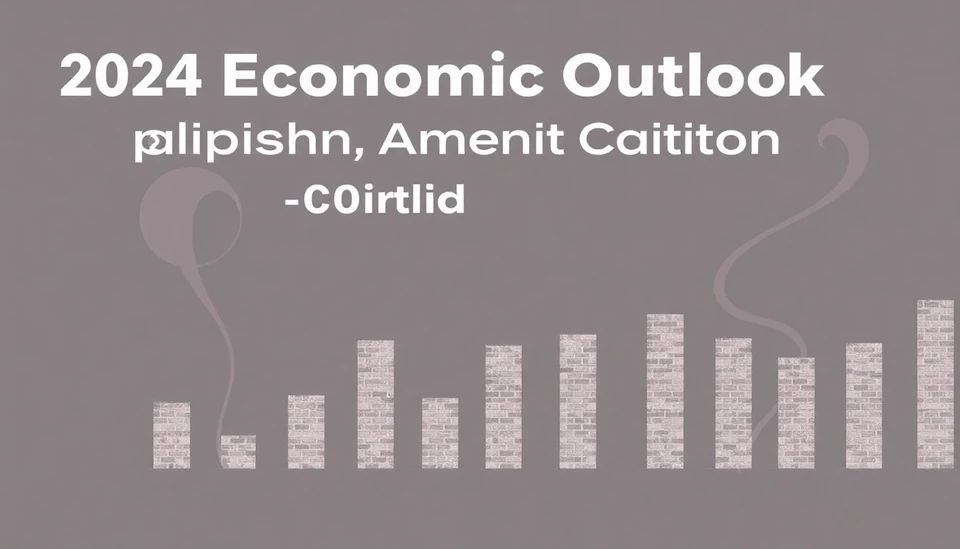
As we step into 2024, economists across the globe are projecting a less turbulent economic landscape compared to the previous year. A significant decrease in inflation coupled with steady growth is anticipated, allowing many nations to navigate through a phase of cautious optimism. However, experts have advised that various downside risks still lurk on the horizon, demanding prudent management and strategic planning.
Recent forecasts have indicated that inflation, which has plagued economies in 2023, is expected to diminish significantly. Analysts believe this decrease will relieve some pressure on consumer purchasing power and restore confidence among investors. The marked reduction in inflation rates is attributed to improved supply chain operations and a favorable agricultural outlook following adjustments made post-pandemic. In addition, central banks are likely to shift their focus from aggressive rate hikes to more measured approaches as they adapt to changing economic conditions.
Meanwhile, economic growth is projected to remain steady, bolstered by strong labor markets and robust consumer spending. The International Monetary Fund (IMF) has pointed out that while some regions may see stagnation, many others are expected to thrive as new sectors of growth emerge. Renewable energy, technology, and healthcare stand out as prime areas of investment, ready to support economies transitioning towards sustainability and innovation.
Nonetheless, the road ahead is not without its challenges. Experts warn that geopolitical tensions and potential conflicts—both localized and global—could trigger economic volatility. Issues such as trade relations, energy security, and climate-induced disruptions may also impact growth rates. The ongoing war in Ukraine and its repercussions on global energy markets remain a significant concern, with widespread implications for food prices and inflation levels worldwide.
Moreover, there is the potential for financial markets to face shakiness due to rising debt levels in several countries. As interest rates rebound, high levels of sovereign and corporate debt could translate into increased default risks, altering the landscape for both investors and borrowers alike.
In summary, while 2024 presents an opportunity for economic stability with diminishing inflation and steady growth rates, the need for vigilance is paramount. Policymakers are urged to remain alert, addressing potential risks that could derail progress. Investments in innovation and sustainability must be prioritized, as these sectors are anticipated to drive growth in the coming years.
As we look forward to the new year, stakeholders across the spectrum—including governments, businesses, and consumers—must collaborate strategically to harness the opportunities while mitigating the pitfalls of the changing economic tide.
#EconomicOutlook #2024Forecast #Inflation #GlobalEconomy #Growth #Sustainability #InvestmentOpportunities
Author: Rachel Greene




